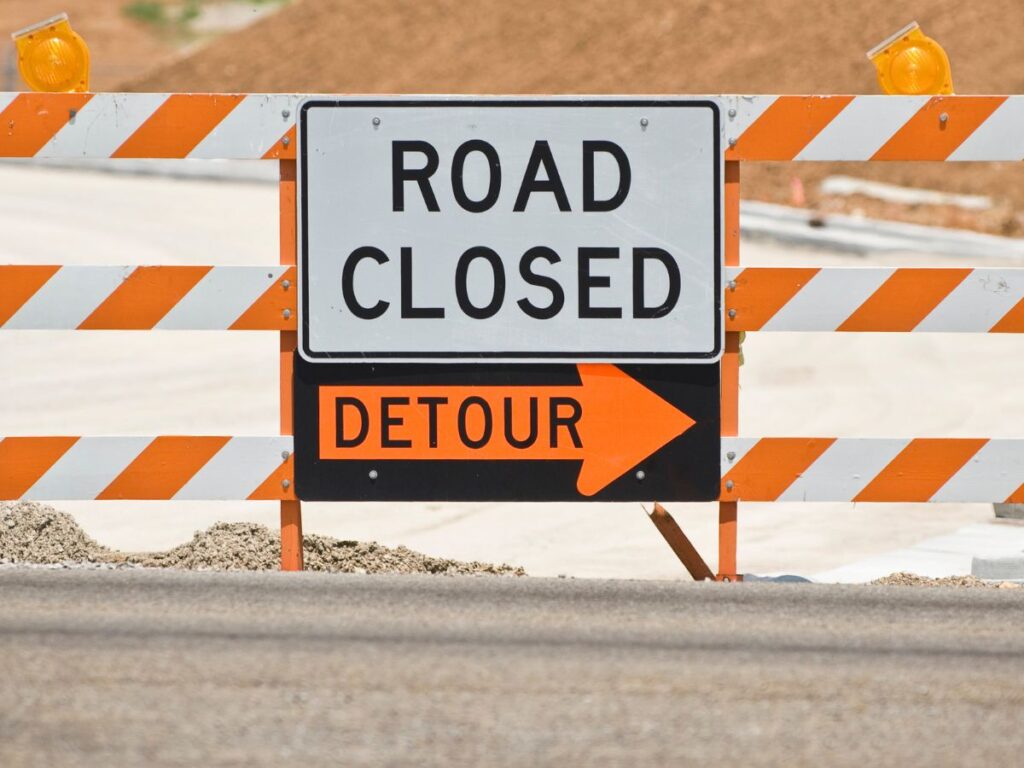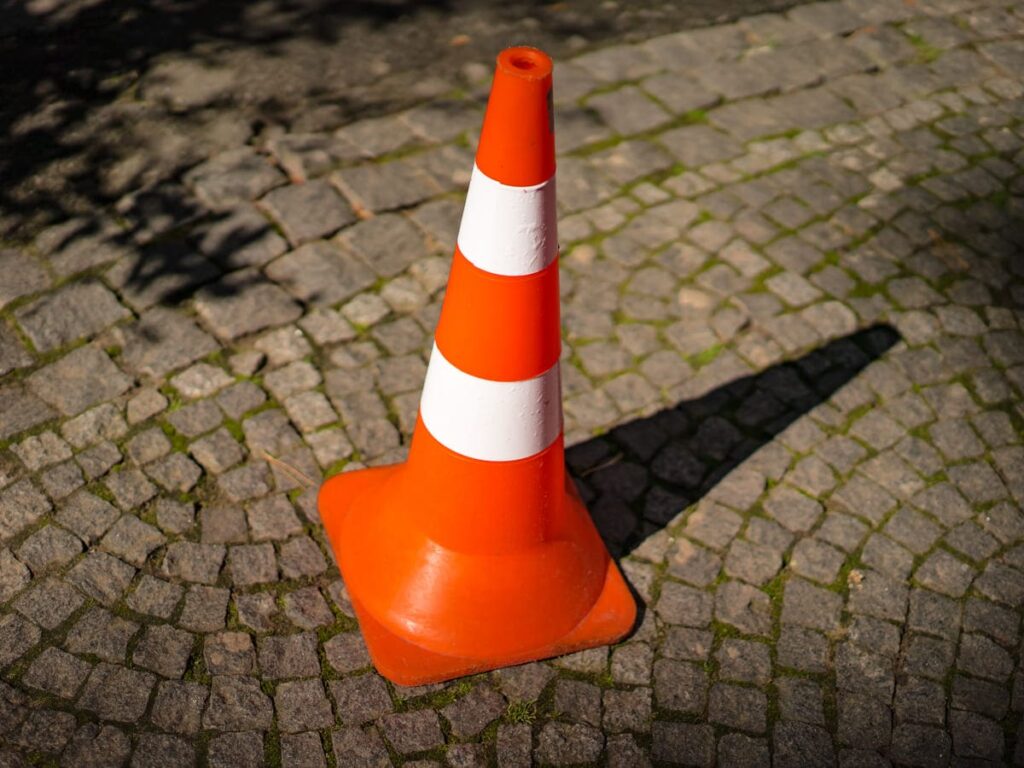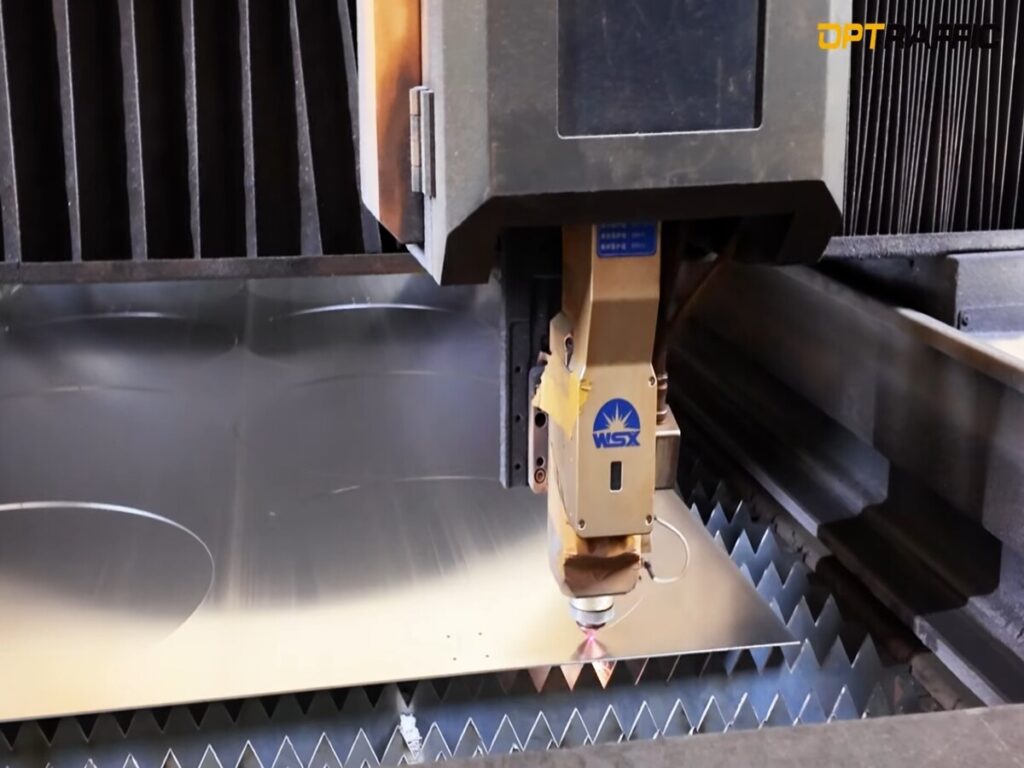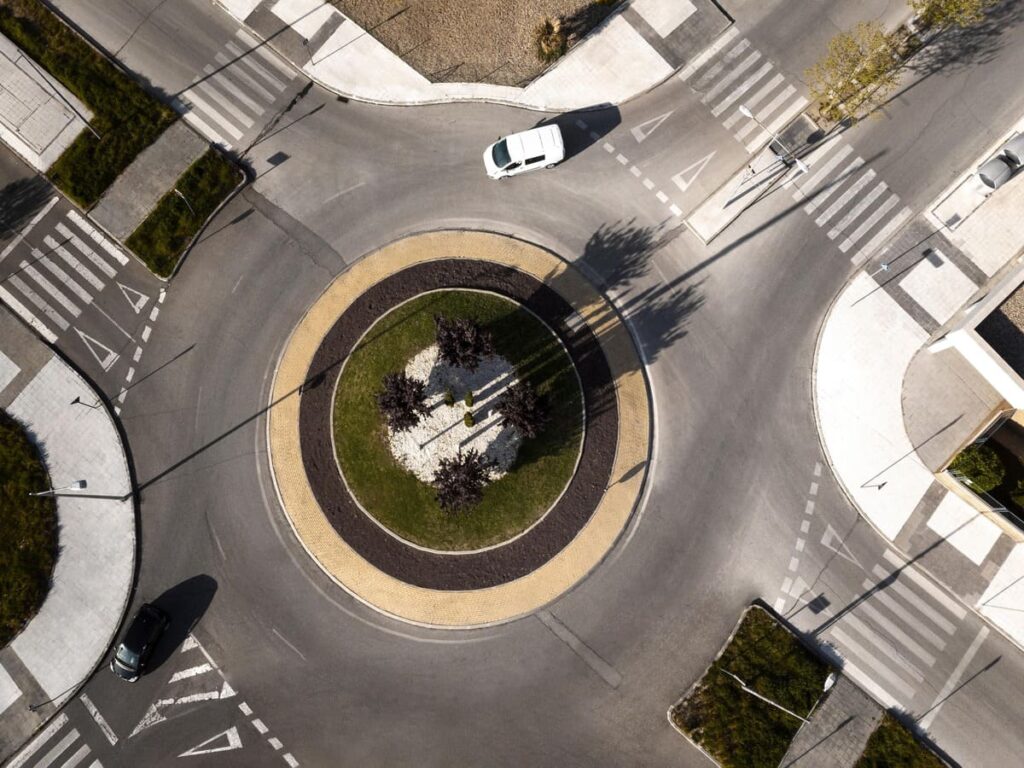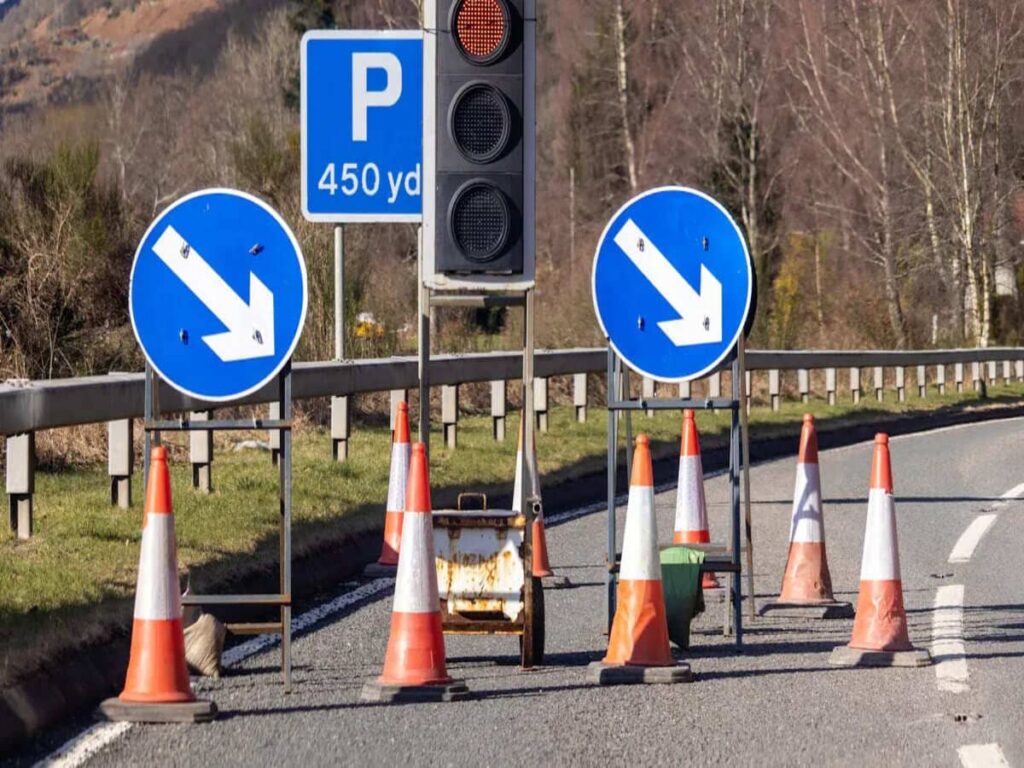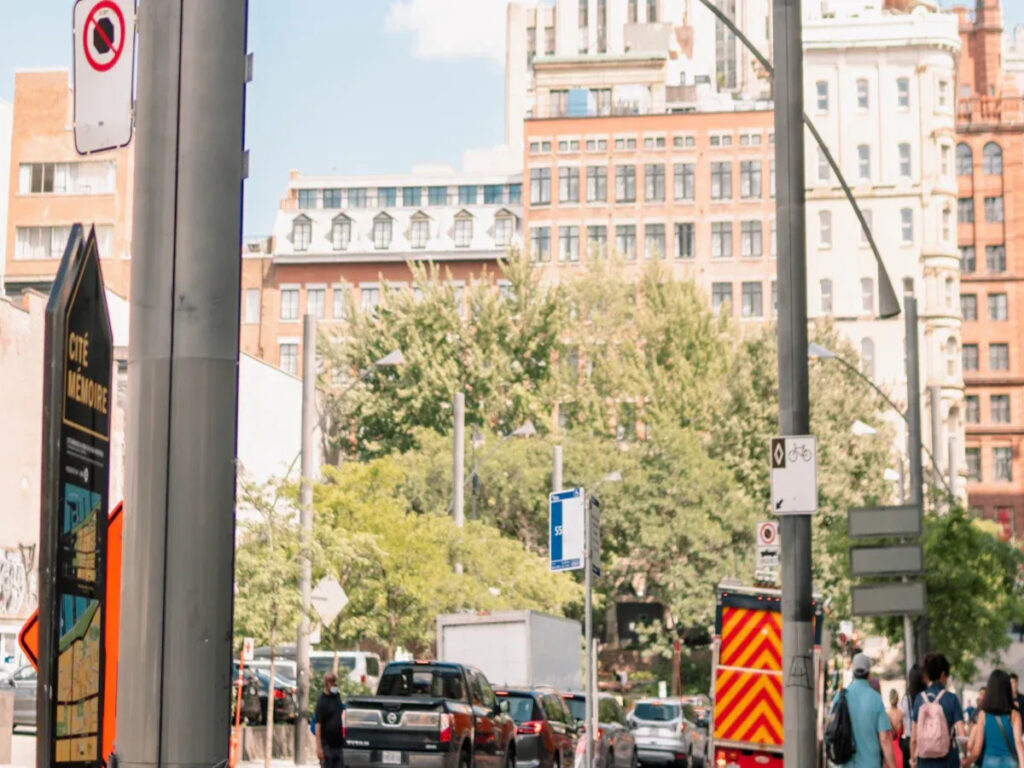
When you drive in Canada, you notice some clear differences in road traffic signs compared to the United States. Speed limits are displayed in kilometers per hour rather than miles. Many road traffic signs feature both English and French, especially in certain regions. While the shapes and colors may appear similar, some symbols and wording differ. These variations help you follow the rules and stay safe on the road.
Key Takeaways
- Canadian road signs show speed limits in kilometers per hour. American signs use miles per hour instead. You should change speeds when you cross the border.
- Many Canadian signs use both English and French. This is common in Quebec, where most people speak French. American signs are almost always in English only.
- Both countries use the same shapes and colors for signs. But Canada has some special signs, like wildlife crossings. Canada also uses blue for service signs more often.
- Traffic signs in both countries use shiny materials. They also have features to handle bad weather. This helps signs stay easy to see and last longer.
- Local rules and sign designs are different in each state or province. Always learn the road rules before you drive in a new place.
Road Traffic Signs: Key Differences
Speed Units
When you drive in Canada, you see speed limits posted in kilometers per hour. This can surprise you if you are used to American roads, where speed limits always use miles per hour. Canada switched to metric units for road traffic signs in 1977. Since then, every speed limit sign in Canada shows the maximum speed in km/h. If you cross the border from the United States, you often notice special signs reminding you about this change. For example, in British Columbia and Quebec, you find metric signage reminders near the border. This helps you avoid confusion and follow the correct speed limits. In the United States, you continue to see speed limits in mph, so you need to pay close attention when you travel between the two countries.
Tip: If you see a speed limit sign with a number like “100,” remember that in Canada, this means 100 km/h, not 100 mph!
Wording and Language
Language on road traffic signs can look very different depending on where you drive. In most of Canada, you see both English and French on many signs. This is especially true in provinces like Quebec and New Brunswick. Quebec has strict rules for language on public signs. The law says that French must be much more noticeable than any other language. For example:
- French text must take up at least twice as much space as the other language.
- French letters must be at least twice as large.
- Nothing on the sign can make French less visible.
Sometimes, you see signs in Quebec that use only French, especially on highways or public transportation. In other provinces, you often see bilingual signs, but French is not always as dominant. In the United States, you almost always see road traffic signs in English only. Even in areas with many Spanish speakers, official traffic signs stay in English.
Symbol and Shape
You might think that the shape of a stop sign changes between Canada and the United States, but both countries use the same red octagon. This shape stands out and helps you recognize the stop sign right away, even if you do not read the words. The main difference comes from the language. In Canada, you might see “STOP,” “ARRÊT,” or both on the sign, depending on the province. In the United States, the stop sign always says “STOP” in English.
Other road traffic signs also use similar shapes and symbols in both countries. For example, warning signs use a diamond shape, and regulatory signs use rectangles or squares. However, you may notice small differences in the symbols or the way information appears. In Canada, you sometimes see extra symbols for things like wildlife crossings or snow routes. These help you understand local road conditions quickly.
Note: Always pay attention to the wording and symbols on traffic signs, especially when you travel in a new area. This helps you follow the rules and stay safe.
Traffic Signs: Design and Color
Color Standards
You can see color differences between Canadian and American traffic signs. Both countries use red for stop signs. White is used for regulatory signs. Yellow means caution or warning. Green shows directions or highway routes. In Canada, blue is used for services or information. These include rest areas or hospitals. In the United States, green is more common for these signs. Some provinces in Canada use brown for parks and recreation. The U.S. also uses brown for these places. These colors help you know what each sign means quickly.
Tip: Look at the background and text color. This helps you find important information fast, especially when you drive somewhere new.
Reflective Materials
You must see road traffic signs well at night or in bad weather. Both Canada and the United States use strong materials for this reason. Most road signs are made from alodized 5052-H38 aluminum. This metal does not rust or break easily. For the shiny layer, there are different types:
- Engineer Grade (EG): Used mostly for private signs. It is not very bright.
- Hi-Intensity Prismatic (HIP): Brighter and used on many public roads.
- Diamond Grade (DG): This is the brightest. The U.S. Department of Transportation needs this for interstate highways and school zones.
- 3M™ Retro-reflective Vinyl Sheeting: This is popular because it shines for a long time.
These materials follow strict rules from the Manual on Uniform Traffic Control Devices (MUTCD) in the U.S. Canada has similar rules too.
Weather Durability
Canada and the United States both have tough weather. Snow, ice, rain, and sun can hurt signs over time. Canadian signs often have extra coatings to stop cold and water damage. In the north, you may see signs with thicker posts or special mounts for heavy snow. U.S. signs also use weather-resistant materials. In the south, they focus more on heat and sun protection. These features help keep signs easy to read and safe all year.
Regulatory Standards and Rules
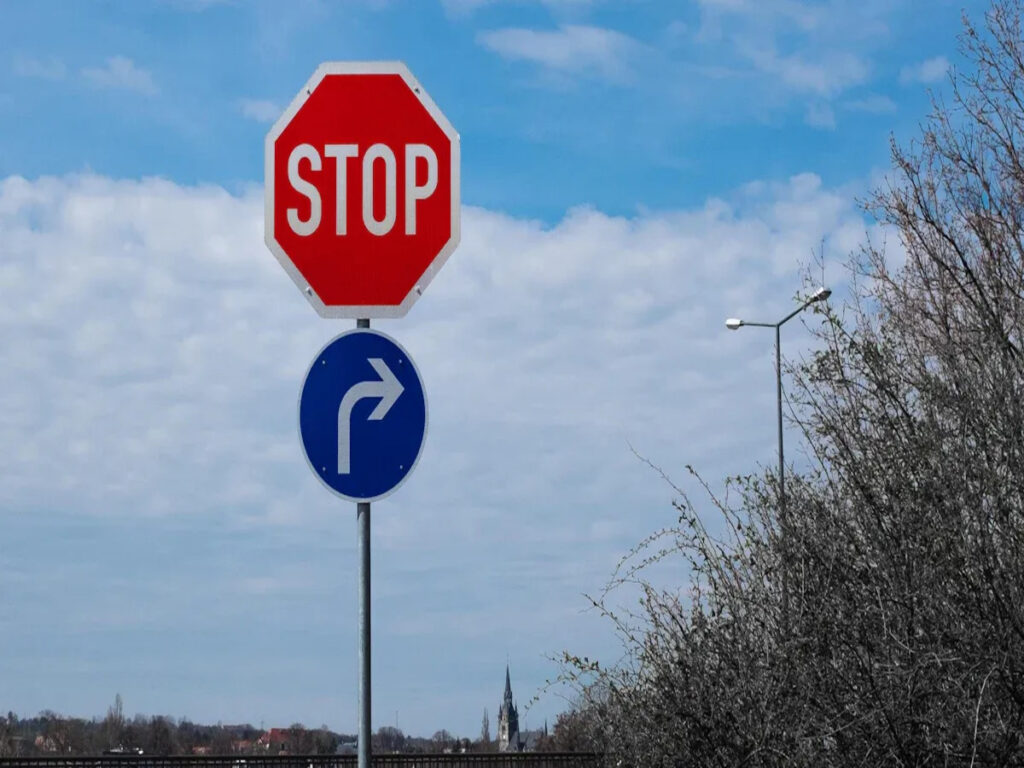
MUTCD vs Canadian Standards
You will notice that both Canada and the United States have their own regulatory standards for traffic signs. In the U.S., the Manual on Uniform Traffic Control Devices (MUTCD) sets the main rules for how signs look and where you find them. This guide helps keep road rules the same across most states. In Canada, each province follows the National Standards for Traffic Control Devices, but some provinces add their own rules. These differences can change the design or placement of regulatory signs. For example, you may see different symbols or extra information on signs in certain provinces. Always pay attention to these changes when you drive in a new area.
Visibility Requirements
You need to see traffic signs clearly at all times. Both countries require signs to be easy to read during the day and at night. Signs must use reflective materials so you can spot them in the dark or during bad weather. In Canada, signs often have extra coatings to handle snow and ice. In the U.S., signs may focus more on sun and rain protection. These visibility rules help you follow road rules safely, no matter the weather or time of day.
Local Regulations
Local rules can change how you drive and what signs you see. Each state or province can set its own road rules. Here are some examples:
- Some places allow you to turn right on a red light, while others do not.
- Rules for using hazard lights while driving can differ.
- Following distance rules change by state, such as the 2-second rule in New York or the 4-second rule in Florida.
- Headlight use may be required from sunset to sunrise in one area, but only during certain hours in another.
- Flashing red lights mean you must stop, while flashing yellow lights tell you to slow down.
- When traffic lights do not work, you must treat the intersection as a stop sign in many places.
You should always check local road rules before you drive in a new area. Local regulatory standards can affect how you read signs and follow the law.
Language on Traffic Signs
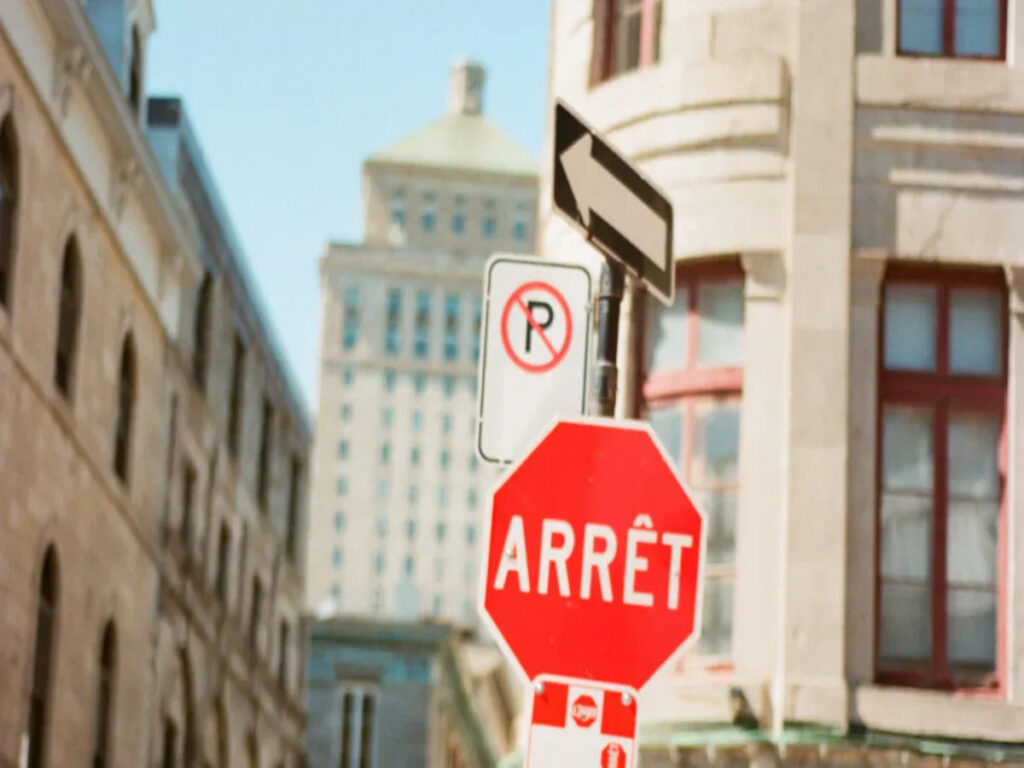
Bilingual Signs in Canada
In Canada, you often see signs in English and French. This helps people understand the rules, no matter their language. Many provinces use bilingual signs on highways and near schools. You might see signs like “STOP / ARRÊT” or “SCHOOL / ÉCOLE.” These signs help visitors and locals travel easily. You find them most in places with many French speakers.
Tip: If a sign has two languages, read both. Sometimes, the translation uses different words or gives more details.
French Signs in Quebec
Quebec uses French for all road signs. When you drive there, you see “ARRÊT” instead of “STOP.” Other signs say “SORTIE” for “EXIT” or “RUE” for “STREET.” The law says French must be the biggest and easiest to see. Letters are often larger or bolder. In some places, only French is used. Knowing some French words helps you follow the rules.
English Signs in the U.S.
Most signs in the United States use English. You see “STOP,” “YIELD,” and “SPEED LIMIT” everywhere. Bilingual signs are rare in most places. Some states and cities use other languages on signs. For example:
- Iowa uses Meskwaki on some highway signs.
- New York has Seneca, Onondaga, and Tuscarora languages.
- Minnesota features Dakota and Ojibwe languages.
- Wisconsin uses Menominee language signs.
- Alaska has Tlingit language.
- New Mexico includes Tewa language.
- Cambridge, Massachusetts, shows Massachusett Tribe language.
These signs help keep local cultures alive and honor Indigenous groups. You might see special names, symbols, or art on these signs. Local leaders and tribal groups work together to make these signs.
Terminology Differences
Yield vs Give Way
When you drive in Canada or the United States, you see signs that tell you to let other drivers go first. In Canada and most of the U.S., you see the word yield on these signs. The sign means you must slow down and let other cars pass if they are already in the intersection. You must yield right of way to traffic that does not have a stop sign. In some other countries, you might see the words give way instead of yield, but in North America, yield is the standard term.
You often find yield signs near busy intersections, roundabouts, and even near a school zone. When you see a yield sign, you need to look for children or school buses, especially if you are close to a school. Always remember, a yield sign does not mean stop unless you need to let someone else go first. If you see a stop sign, you must come to a full stop every time.
Note: Yield signs help keep traffic moving smoothly, but you must always watch for people crossing the street, especially near a school.
One-Way vs Do Not Enter
You may notice two different signs that help control the flow of traffic on city streets. The one-way sign tells you that cars can only travel in one direction on that road. If you see this sign, you must follow the arrow and not turn the wrong way. The do not enter sign warns you not to go down a street from that direction. This sign often appears at the end of a one-way street or at the entrance to a school zone where traffic is limited during school hours.
In both Canada and the U.S., these signs help keep drivers and students safe near a school. If you ignore a do not enter sign, you could end up facing oncoming traffic or driving into a busy school zone. Always pay attention to these signs, especially when you drive near a school or during busy times.
Tip: If you are not sure which way to go, look for the one-way or do not enter signs. These signs help you avoid mistakes and keep everyone safe, especially in a school area.
Unique Traffic Signs
Wildlife Crossing Canada
In Canada, you can see wildlife crossing signs that are not in the U.S. These signs warn you about animals that might cross the road. You find them mostly in remote or northern places. Here are some examples:
- Mountain Goat crossing signs are only in Mount Revelstoke National Park, British Columbia. You do not see these signs in U.S. parks, even though mountain goats live there too.
- Polar Bear crossing signs are very rare. You find them in Churchill, Manitoba, which is known for polar bears. Only one other place, Svalbard Island in Norway, has a sign like this.
- Moose crossing signs are found in both Canada and the U.S., but mountain goat and polar bear signs are only in Canada.
When you drive in these places, you should slow down and watch carefully. Animals can show up quickly, especially near a railway crossing or in a school zone where kids might be nearby.
Tip: Always look for special animal signs. They help keep you and the animals safe.
Road Work Detour U.S.
In the U.S., you often see road work detour signs near construction. These signs are bright orange so you notice them. Detour signs show you a safe way when a road is closed. You might also see signs that warn about workers or changes in traffic.
Some states put extra signs in a school zone to remind you to slow down and watch for kids and workers. These signs help keep everyone safe, especially when school ends. Always follow detour signs and watch for sudden changes.
Note: Detour signs can be near a school or busy intersection. Watch closely so you do not miss your turn.
State and Provincial Signs
Every state and province makes its own special road signs. These signs tell you where you are and what rules to follow. Here are some examples:
- U.S. states use different shapes and colors for highway markers. Some counties use blue pentagon signs with yellow letters for county roads.
- Fluorescent yellow-green signs mark a school zone in the U.S. These signs stand out so you slow down and watch for kids near a school.
- Quebec uses blue signs for public services like rest areas. Other provinces use brown for parks and fun places.
- Ontario follows the Ontario Traffic Manual, which has special designs for provincial roads.
- British Columbia uses the Clearview font for highway guide signs. You also see this font in Ontario, Alberta, Manitoba, and Quebec.
- Multilingual signs are in Quebec (English, French, Cree) and in New Brunswick, Ontario, Manitoba, and even Vermont.
You may also see construction signs in bright orange in both countries. These special signs help you travel safely and follow local rules.
You will notice key differences in language, design, and regional signs when comparing Canadian and U.S. road rules. To adapt quickly, follow these tips:
- Study local road rules before your trip.
- Watch for bilingual or French-only signs, especially in Quebec.
- Convert speed limits by dividing kilometers by 1.6 for miles per hour.
- Stay alert for unique signs, like animal crossings.
Share your experiences with road rules or ask about any signs that confused you during your travels!
FAQ
What should you do if you see a speed limit sign in kilometers per hour?
You need to convert kilometers to miles. Divide the number by 1.6. For example, 100 km/h equals about 62 mph. This helps you follow the correct speed.
Why do some Canadian road signs use both English and French?
Canada has two official languages. You see bilingual signs in many provinces. These signs help everyone understand the rules, especially in places like Quebec and New Brunswick.
How can you recognize a wildlife crossing sign in Canada?
Look for animal symbols, such as moose, bear, or mountain goat. These signs warn you to slow down and watch for animals on the road. You often see them in northern or remote areas.
Are road sign colors always the same in Canada and the U.S.?
Most colors match, like red for stop and yellow for warning. In Canada, blue often shows services. In the U.S., green is more common for directions. Always check the color and symbol for quick understanding.

